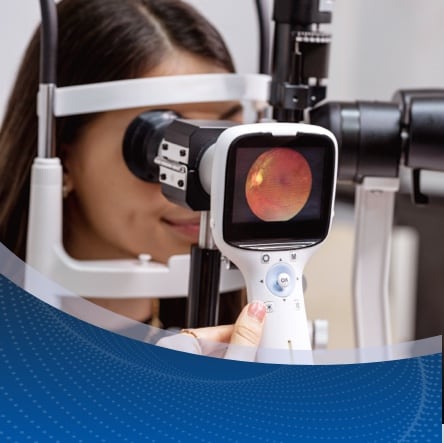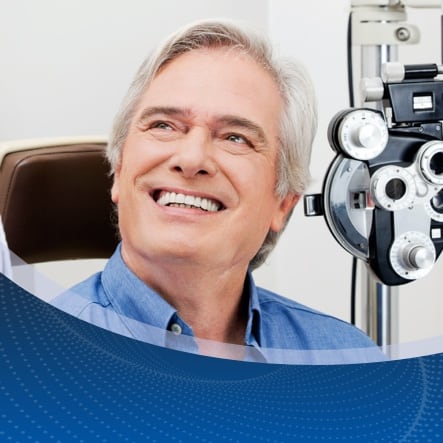Prescription and reading glasses can do wonders for people who have vision problems. They also have their limitations. From creating poor peripheral vision and annoying reflections to fogging up with changes in temperature, eyeglasses can be bothersome at times.
Many people wish they could switch to contact lenses but mistakenly believe it’s not an available option.
“There truly are very few people who cannot wear contact lenses,” said Dr. Robert Fox, who has been practicing optometry for 15 years.
Myth No. 1: You can’t wear contact lenses instead of reading glasses.
Fact: Contacts work just as well as reading glasses to help people who have presbyopia – a common type of vision disorder that occurs as people get older. Most people notice it when they have trouble reading small print.
Other symptoms of presbyopia include:
- eyestrain
- headaches
- difficulty seeing objects that are close
- having to hold reading material farther than arm’s distance
The benefit to wearing contact lenses instead of reading glasses is its convenience, Dr. Fox said. It’s especially helpful for people who forget their reading glasses when they’re away from home and they can’t read their text messages or a restaurant menu.
Myth No. 2: If you have astigmatism, you can only wear glasses to correct it.
Fact: Today’s contact lenses easily correct astigmatism.
Children and adults can have astigmatism – an abnormal shaping of the cornea. It’s important to have an eye examination if you have the following symptoms:
- headaches
- eyestrain
- quinting
- distorted or blurred vision at all distances
- difficulty driving at night
Myth No. 3: You can’t wear contacts to correct more than one vision disorder.
Fact: Multifocal contact lenses help people see clearly at all distances because they have a range of powers in each lens.
A common example is when people who already wear contact lenses to correct their vision develop presbyopia. They can switch to multifocal lenses, which addresses all their vision needs.
To discuss your options, call 757-776-0416 to make an appointment at Griffey Eye Care and Laser Center.
Source: National Institutes of Health, National Eye Institute











